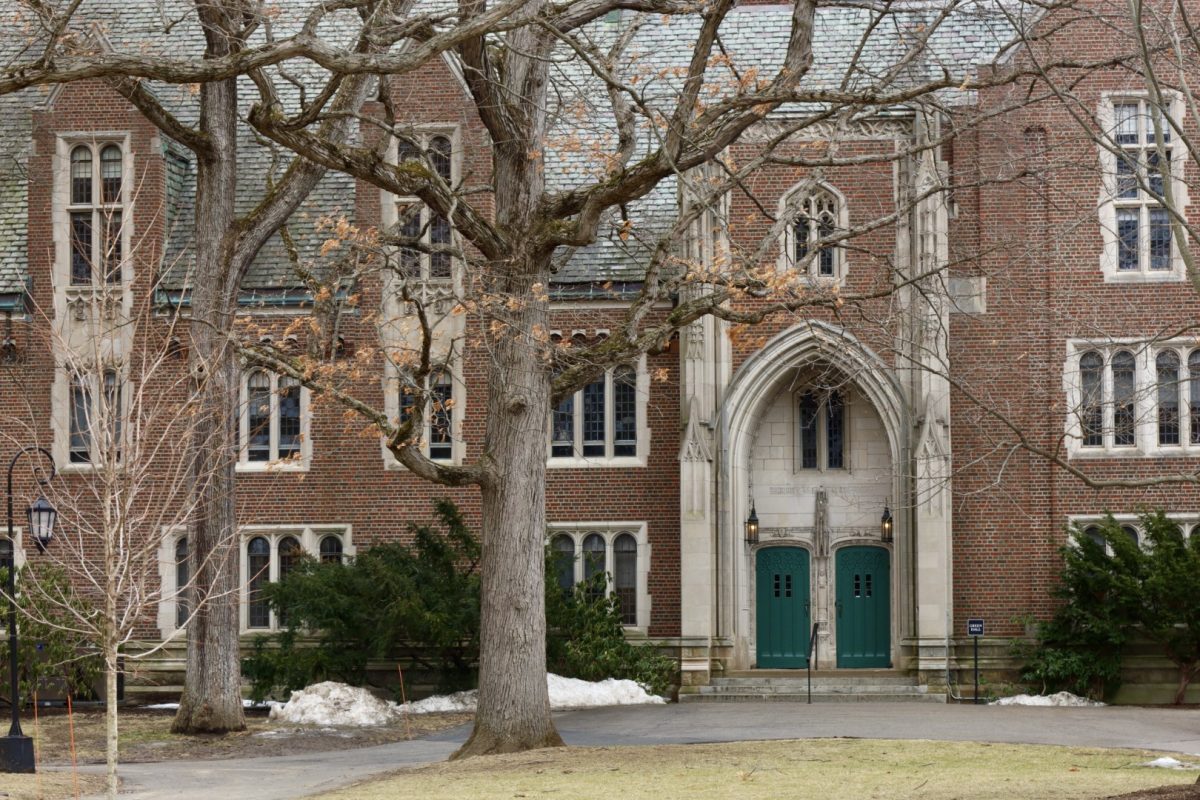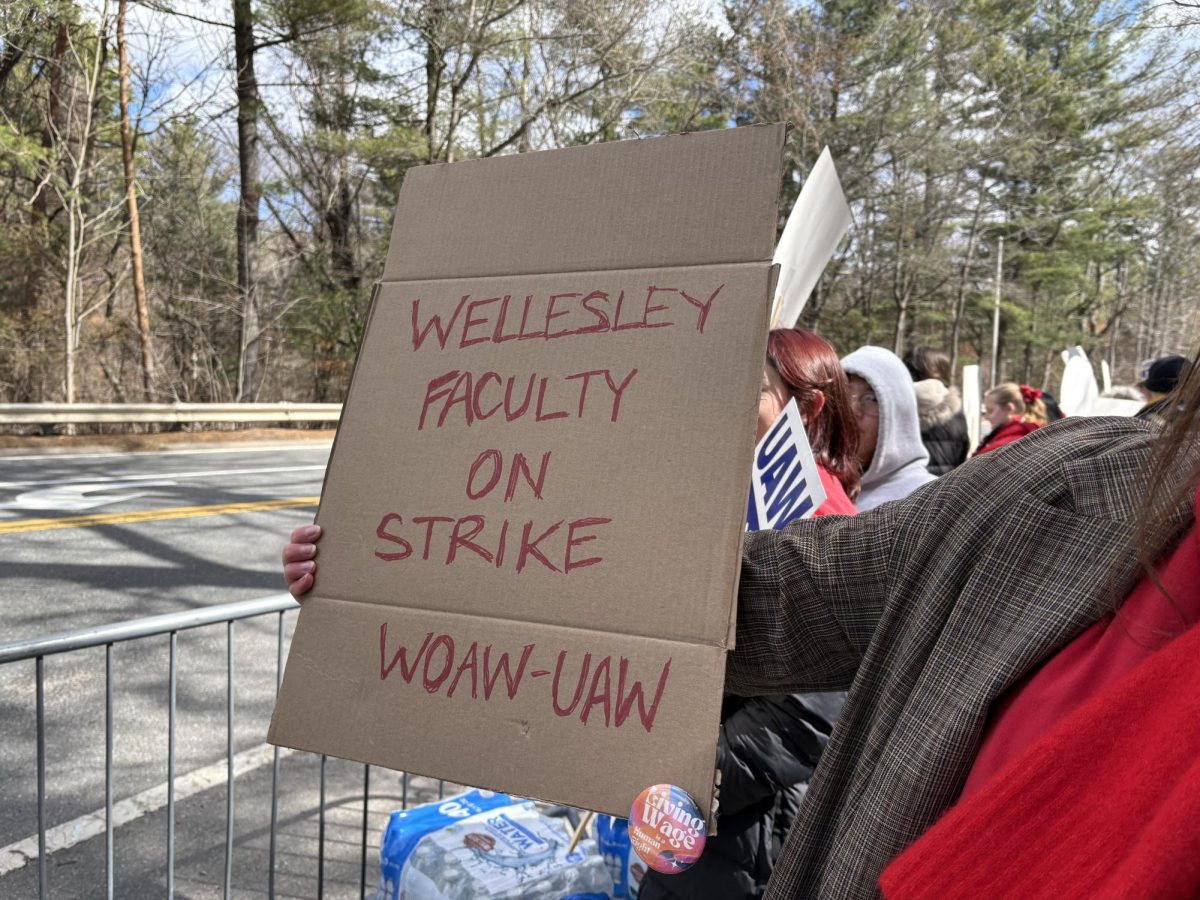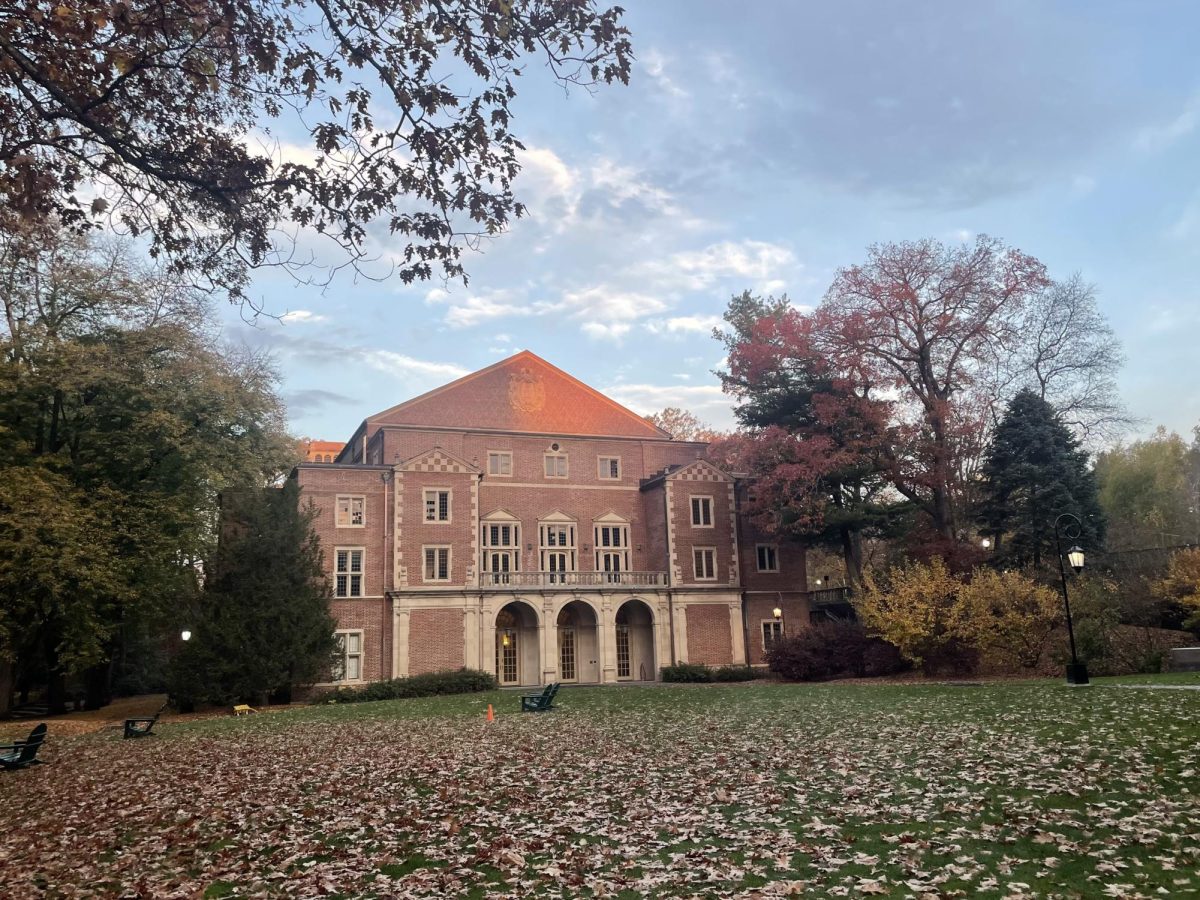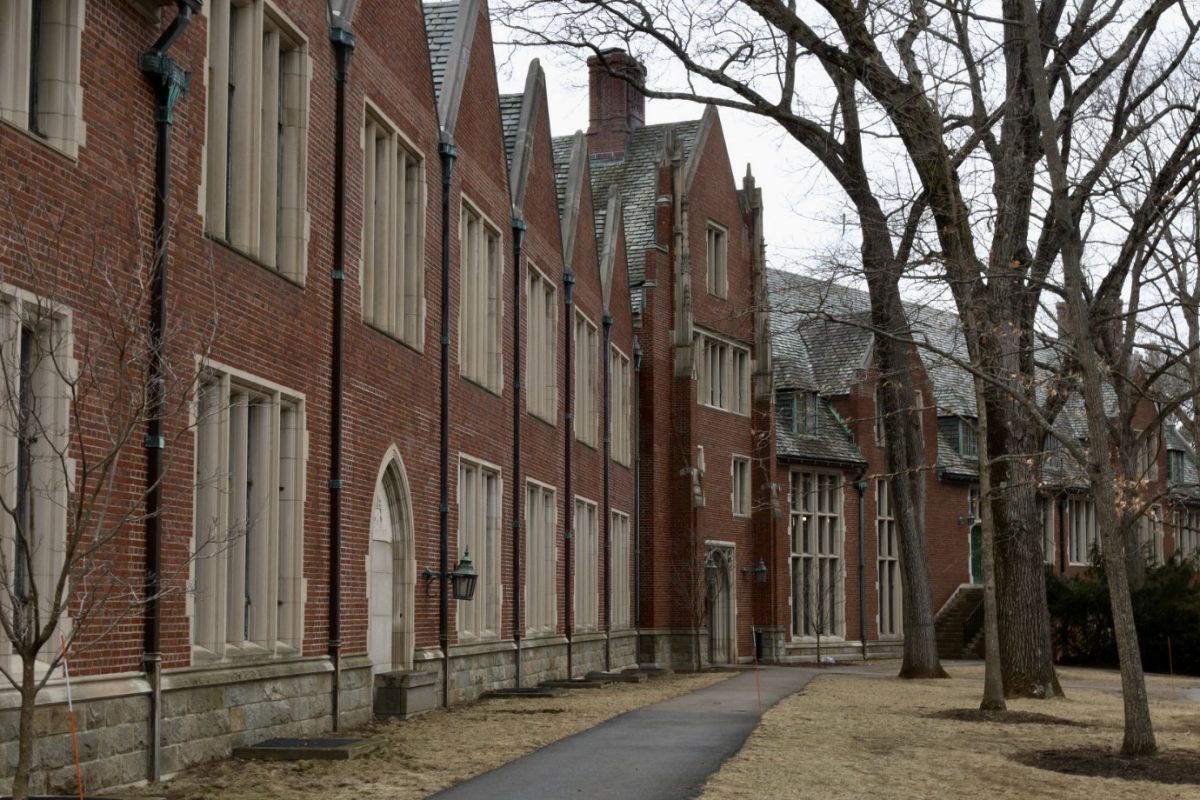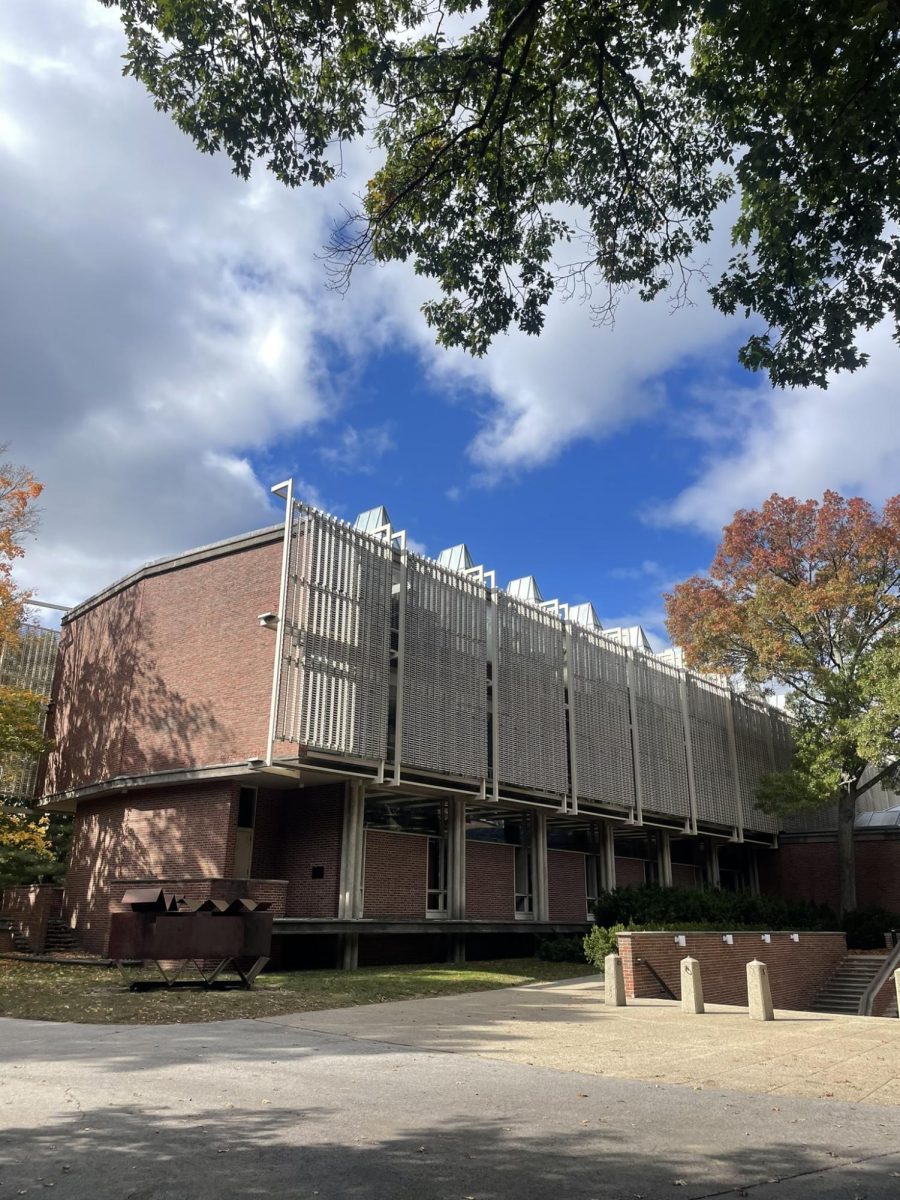Wellesley’s $3 billion endowment and financial future are at risk as Republicans are gearing up to hike endowment taxes of Wellesley and other wealthy colleges and universities.
The endowment tax hike proposal extends a streak of hostility against American higher education by Republican lawmakers. Rep. Mike V. Lawler (R-N.Y.) became the latest member of Congress to introduce an endowment tax bill on Friday, proposing an 8.6% point tax increase for wealthy colleges and universities, including Wellesley.
The current 1.4% tax on endowments of higher education institutions whose endowments exceed $1 billion came into effect under the Tax Cuts and Jobs Act of 2017, enacted by a Republican-controlled House and Senate during Trump’s first term. Prior to 2017, endowments of private colleges and universities were exempt from federal tax as nonprofits.
Now, when Republicans have regained a government trifecta in Washington, the reality of an increase in endowment tax could pass quickly.
“Tens of millions in tax”
How much would the College need to pay under a tax of this scale?
Under the 2017 law, Wellesley would be expected to pay $587,999 in federal taxes.
If Wellesley gets hit with a 10% endowment tax rate for the last fiscal year, during which it generated $93 million in endowment returns, the College would have to pay approximately $9.3 million in total in taxes.
To put the number into context, Wellesley would have to pay nearly 33% of its 2024 annual operating revenue of $283 million in taxes if a 10% endowment tax rate is enacted.
Assuming the endowment maintains an 8.6% average annual return since 2014, Wellesley would pay approximately $43 million in taxes by 2034 by the News’ estimate.
Financial Aid in Peril
Before the 1.4% tax was passed in 2017, President Paula Johnson said it would take a “damaging toll” on Wellesley’s financial aid policy to enroll a socioeconomically diverse student body and maintain one of the lowest net prices among liberal arts colleges.
“[It] would impede our ability to fulfill Wellesley’s mission to provide an outstanding education for our students, regardless of their financial background,” she wrote on Nov. 10, 2017.
Wellesley’s cost of attendance for the academic year 2024-25 is $92,060 including tuition, room and board, meal plan, insurance and student activity fee.
To fund financial aid for students, the College has a budget of over $84 million, with the average aid package exceeding $65,000 per year. Wellesley relies heavily on its endowment to fund financial aid and other expenses. More than 60% of financial aid sources come from endowment income and distributions, according to data compiled from the 2023-24 annual report.
According to Professor of Economics Phillip Levine, such a tax would have a “very dramatic effect” on Wellesley’s financial circumstances.
“We would have to find ways to come up with a lot of money to pay that tax,” said Levine. “Realistically. there would be substantial cuts in a lot of areas, but certainly financial aid would be one of them.”
A College spokesperson said any increase in the endowment tax would have a significant impact on all aspects of Wellesley’s operating budget, particularly financial aid.
“The College is examining various scenarios, depending on the size of the endowment tax that’s implemented. We’ll be able to share more details with the community as details of any endowment tax increase become clearer,” said a College spokesperson.
Lobbying
The Wellesley News has previously reported that Wellesley, Amherst, Williams and Smith College hired a Washington, DC-based government relations firm Lewis-Burke Associates.
Lewis-Burke Associates has previously lobbied for Wellesley on bills including the Department of the Interior, Environment, and Related Agencies Appropriations Act of 2025 and the Bipartisan Workforce Pell Act.
The College also collaborates with the American Council on Education and other small colleges to advocate tax policies.
The purpose of working with a lobbyist is to “educate our congressional delegation about what small liberal arts colleges do, who we educate, the power of our education, the financial aid we provide, and the outcomes for our students,” said a College spokesperson.
Levine believed that the political backlash institutions like Wellesley face stems from a populist argument that portrays them as being extremely expensive and generating significant financial returns. This criticism persists despite their generous financial aid policies.
Lawler’s bill argued that a 10% excise tax rate can increase the financial incentive for universities to spend their endowment on students and academic programs.
However, colleges already spent significantly on the two areas Lawler mentioned. According to a report by the National Association of College and University Business Officers, nearly half of all spending in 2024 went toward funding student financial aid programs and 17.7% went to academic programs and research.
“American higher educational institutions are under attack and in much broader dimensions. This is just one example of it. It’s a tough time to be operating in the world in which we live,” said Levine.
Contact the editors responsible for this story: Ruby Barenberg, Galeta Sandercock, and Sazma Sarwar


